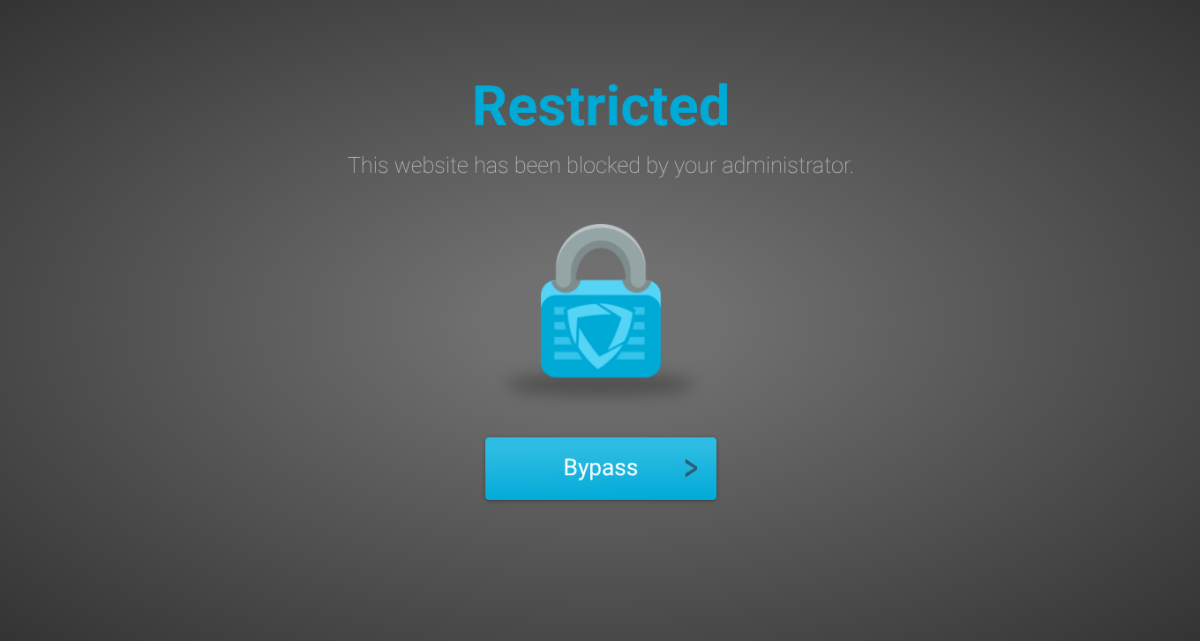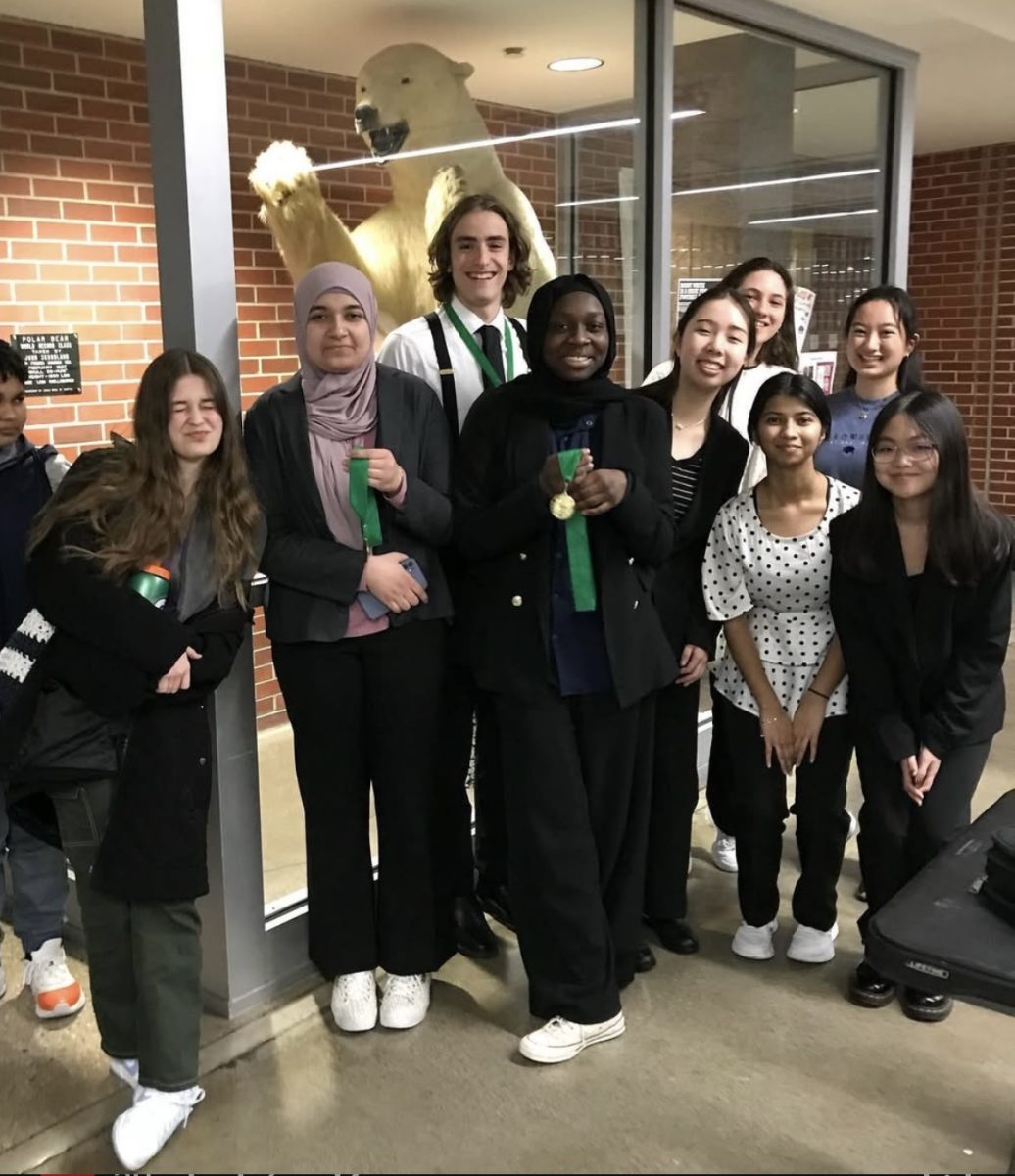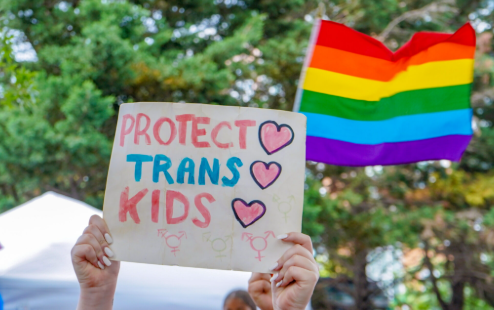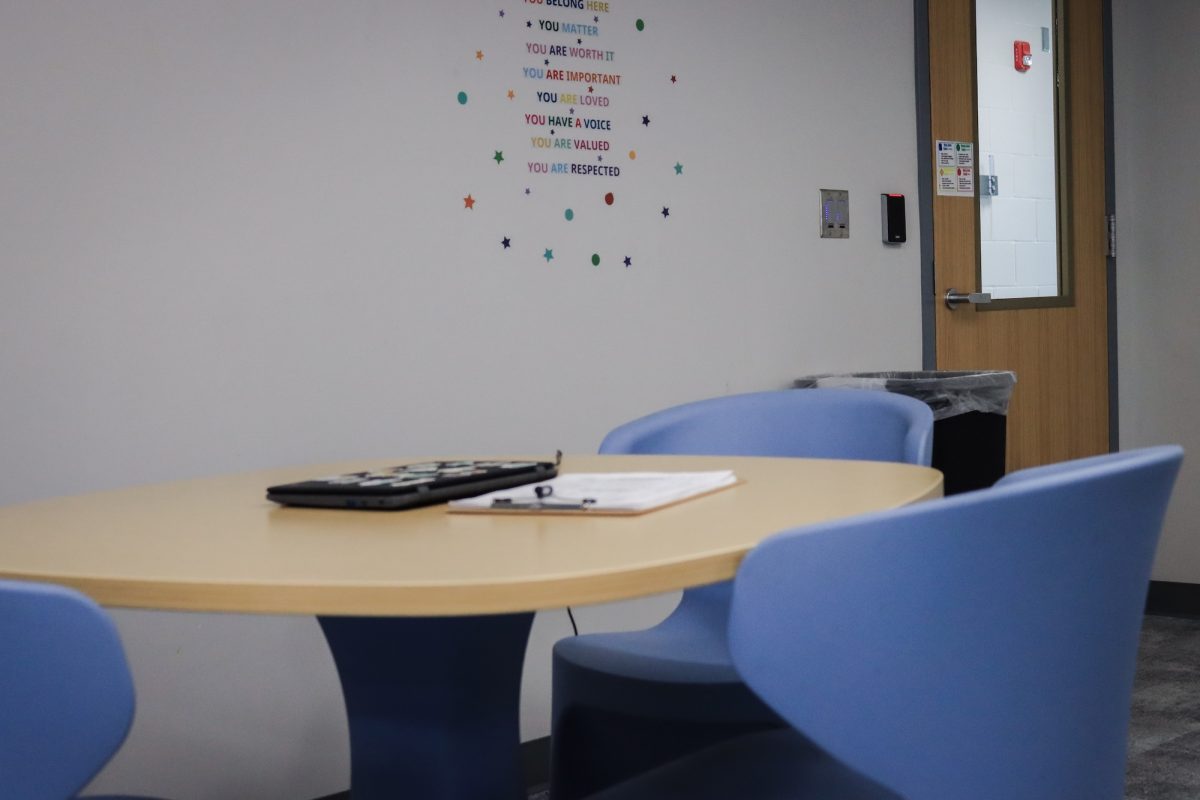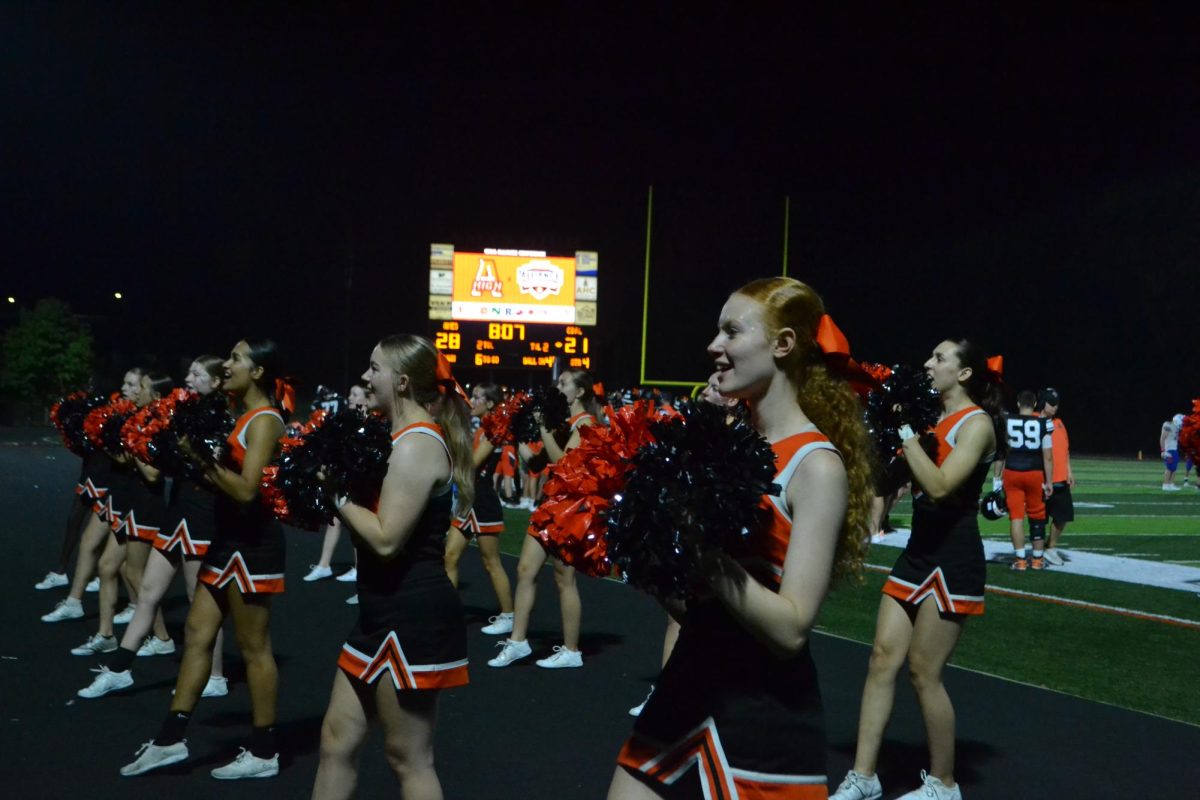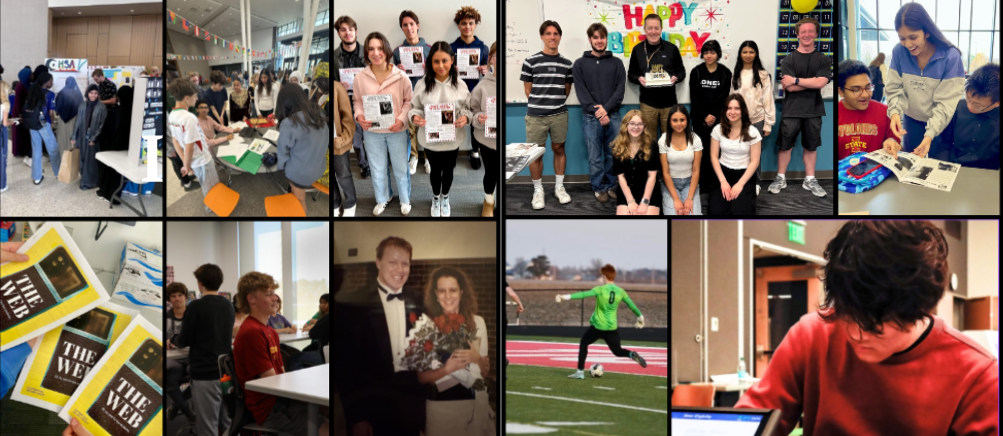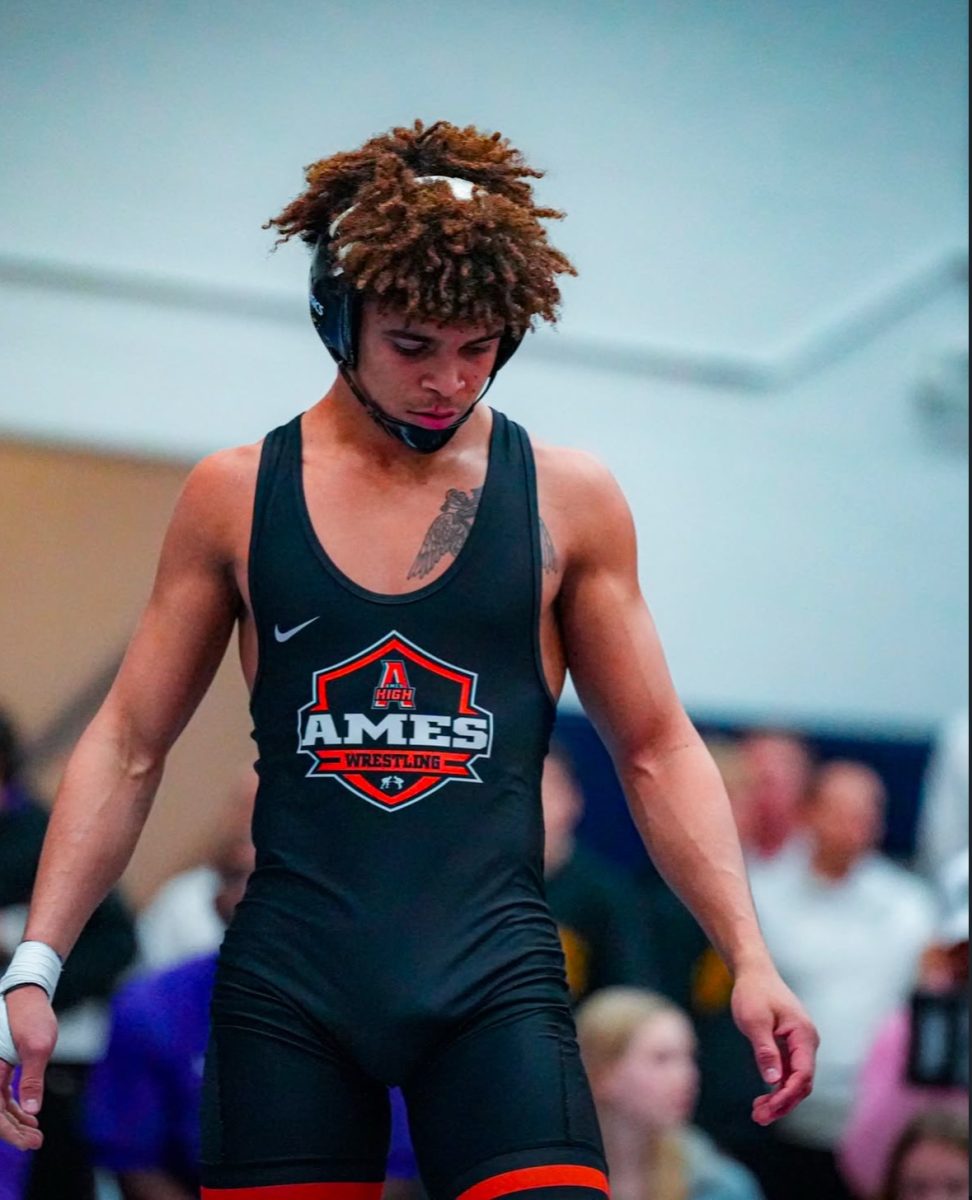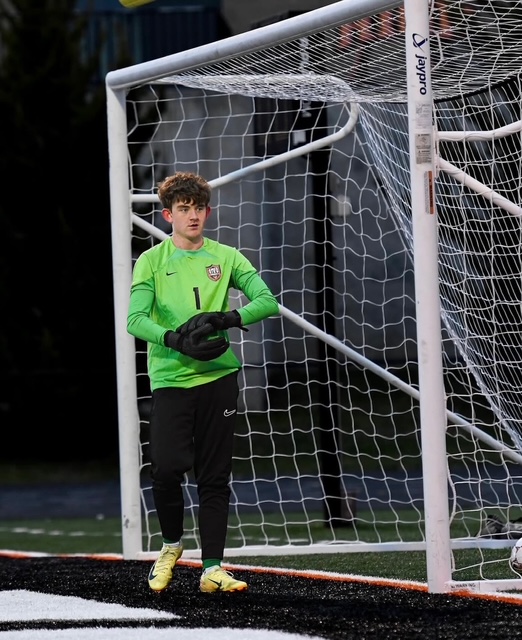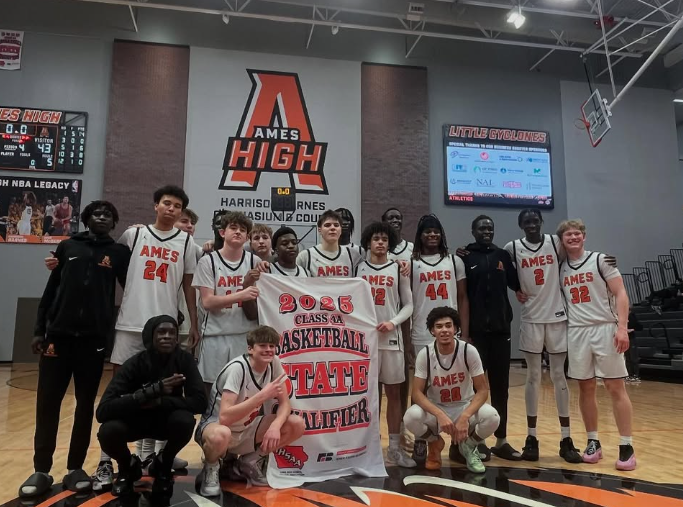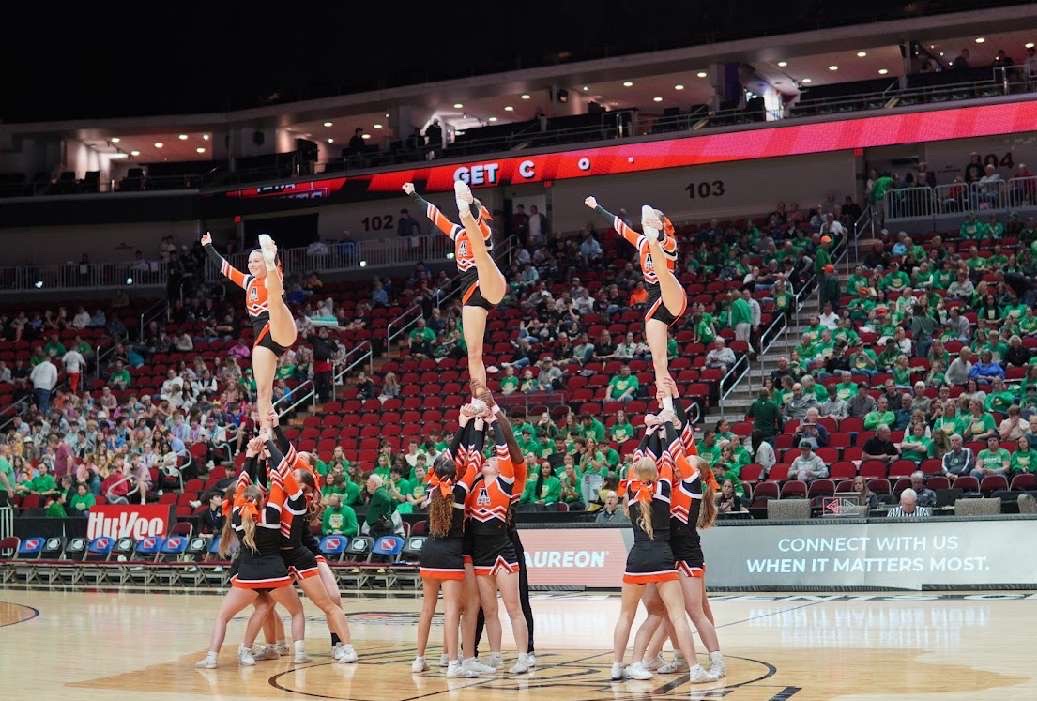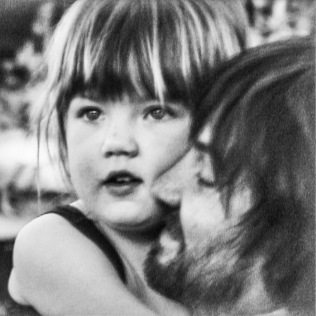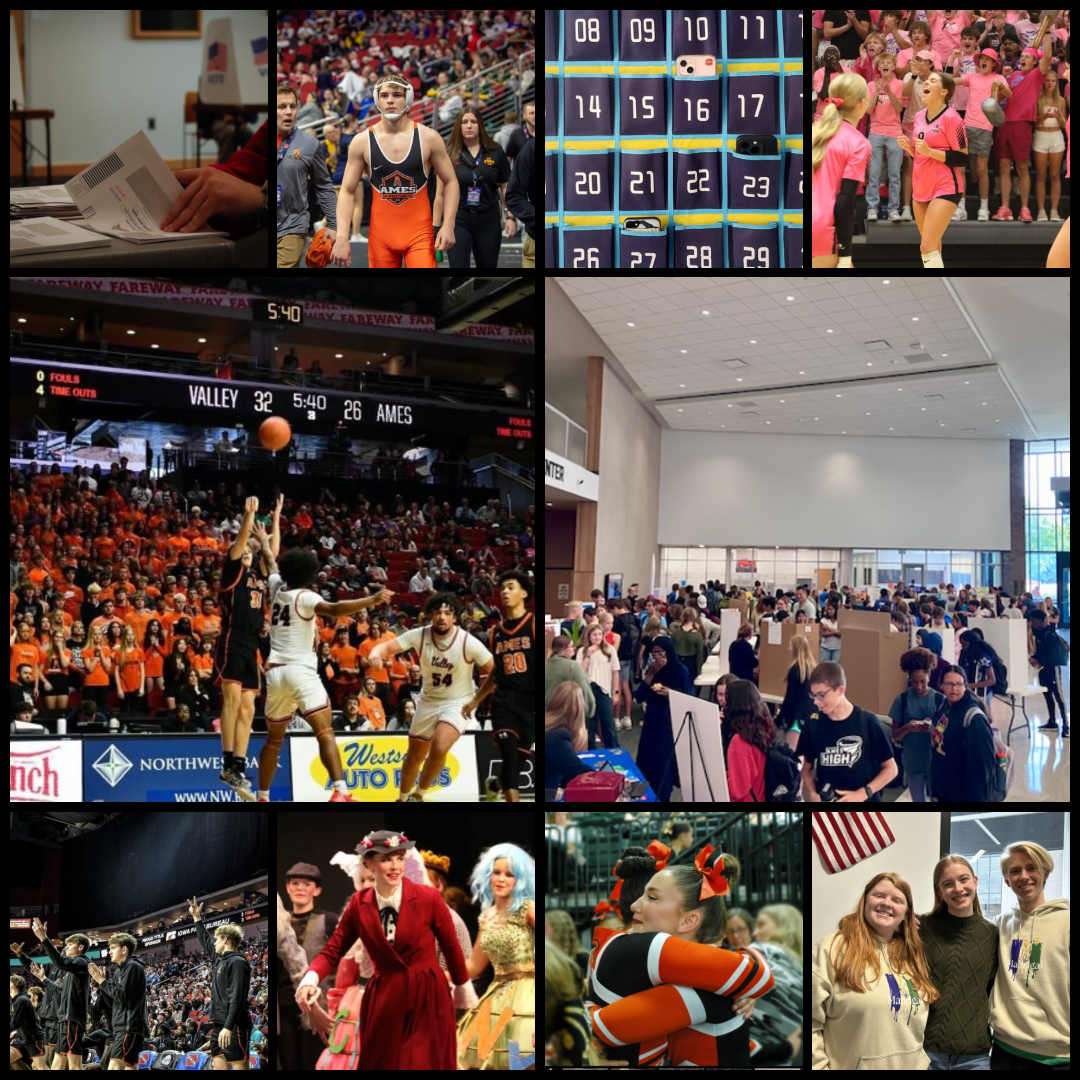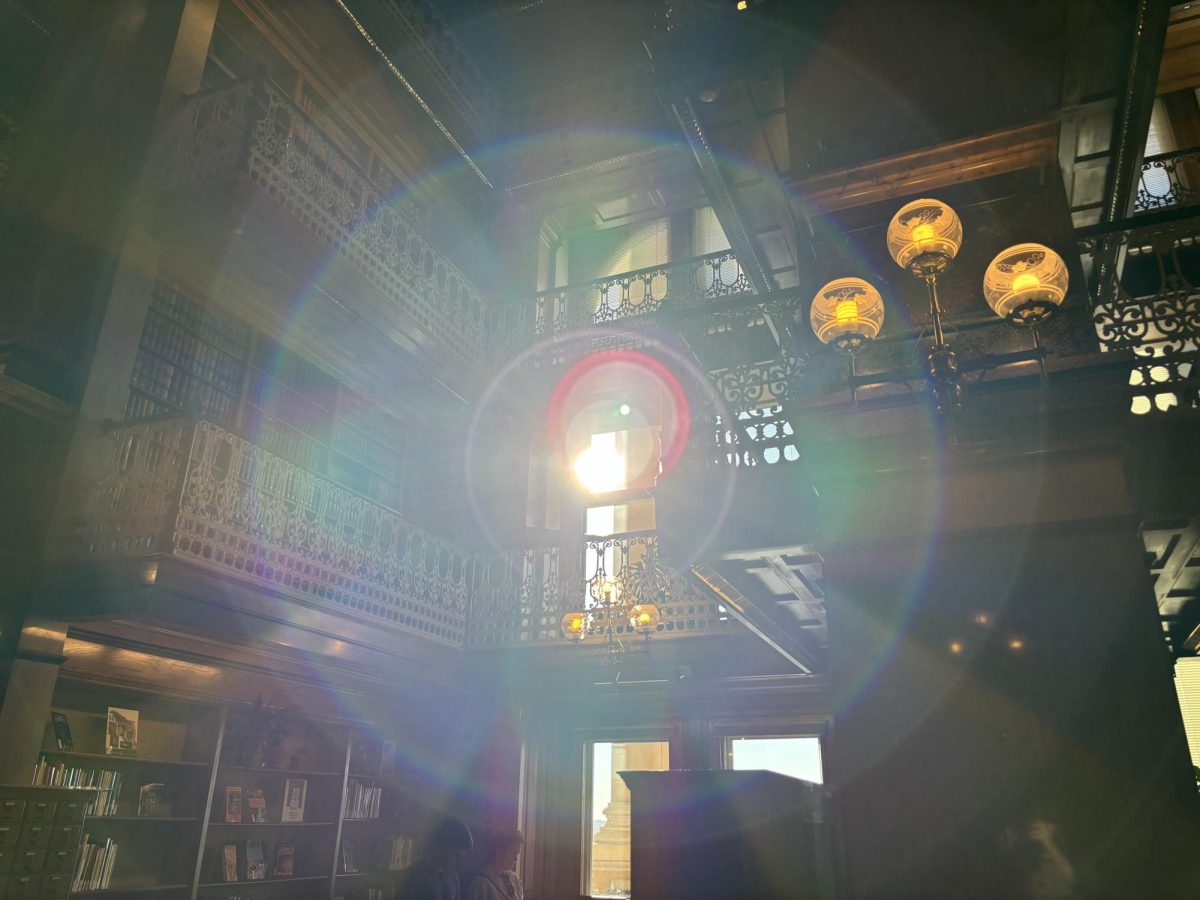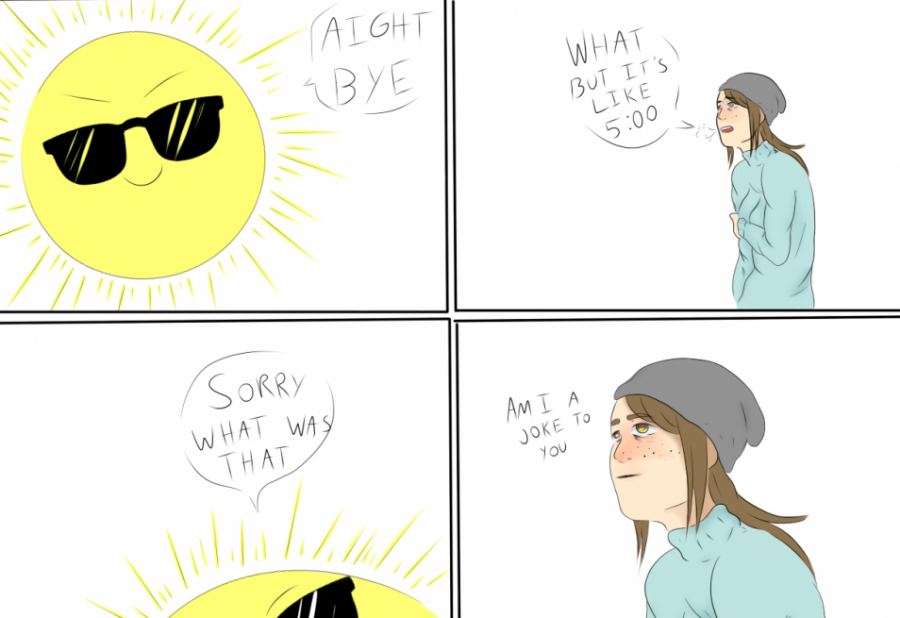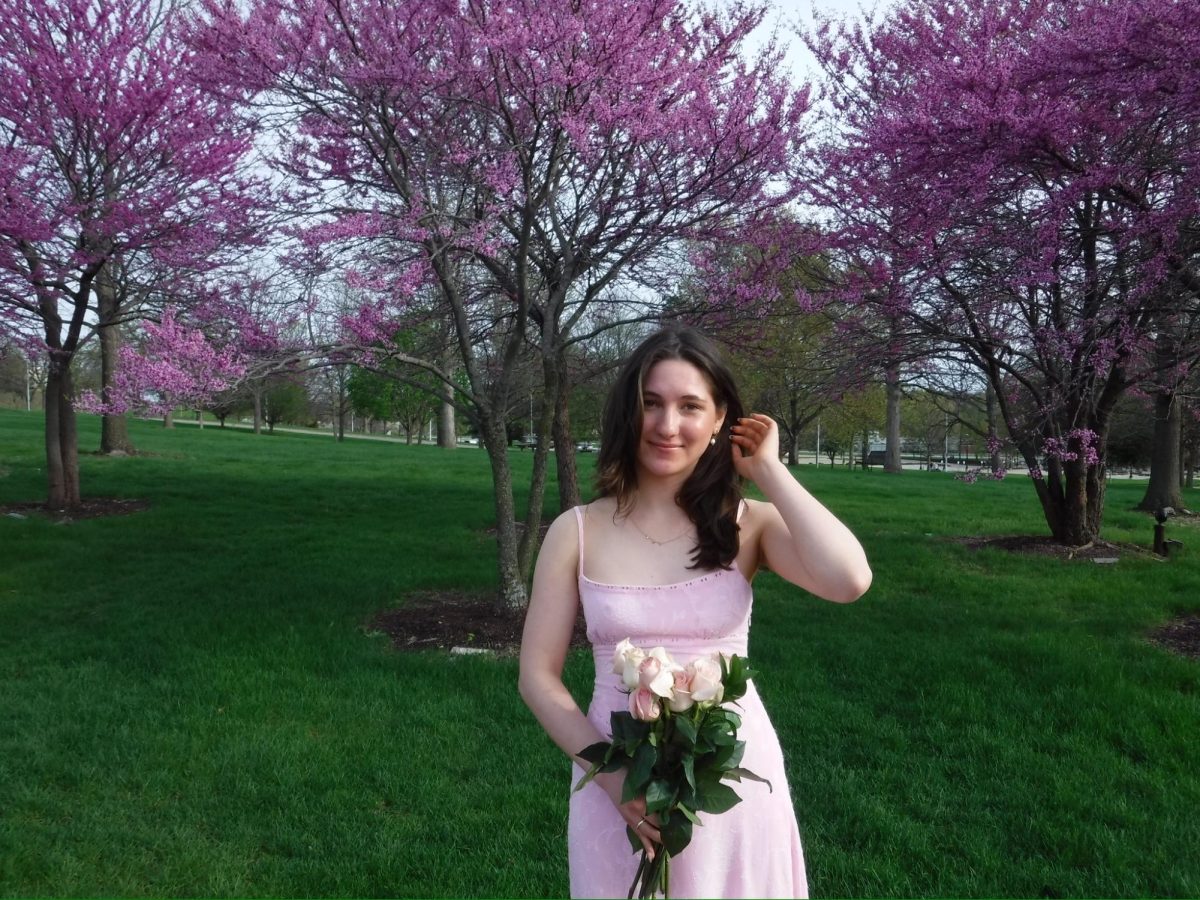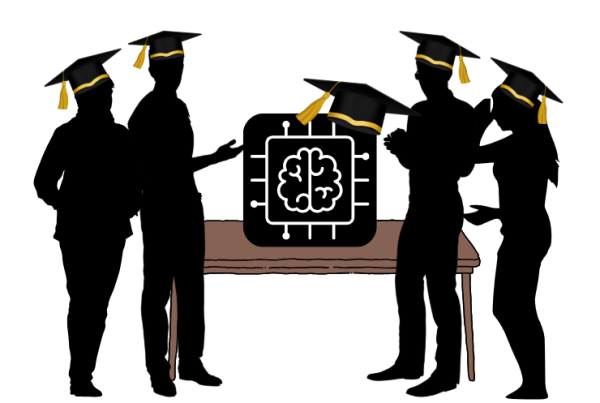
Has your teacher ever admitted to using AI to generate an idea for a class assignment? Or have you ever used ChatGPT to help with your pre-calculus homework? The answer is probably yes.
AI Chatbots like ChatGPT, Google Gemini AI, or any other AI embedded into apps are used by millions. A simple Google search can give you an AI overview. Short and simple answers are generated almost instantaneously. The impact has created a new way of studying and searching for information. Ads to college students from AI companies, promising a discount for finals, just add to the long list of this new age of this controversial tech.
Teachers forbid AI for essays and classwork. Yet most students use it for extra help. Other students use it to cheat. There are two sides to the usage and never in between. The question of AI and its purpose in classrooms arises each time it advances. Some teachers have already started to use these chatbots for ideas for the structure of their assignments and generating images. Many students are not pleased. It is very hypocritical to use chatbots, which are forbidden or taboo, in classrooms as an instructional tool.
AI has already learned to pick up language from its users, mimicking what some seem to forget: communication. Should students begin to ask questions to other students? Don’t get me wrong, chatbots can be handy too, and it is for some, but where do students draw the line? Many syllabi punish the usage of AI with zeros or an automatic fail. So, is it worth it?
The answer varies, and so far, researchers doubt we’ll have chatbots that surpass human intelligence with A.G.I. Many believe that intelligent robots are already here. With robots that speak and are programmed to copy the mannerisms of people. A.G.I. would essentially replicate the power of the human brain. There’s no telling when that’ll happen.
It will be detrimental to the newer generation that will know how to rely on the internet and chatbots. The new age of AI in the years to come will have its benefits but also its downsides. What will imagination and thinking look like in classrooms?

